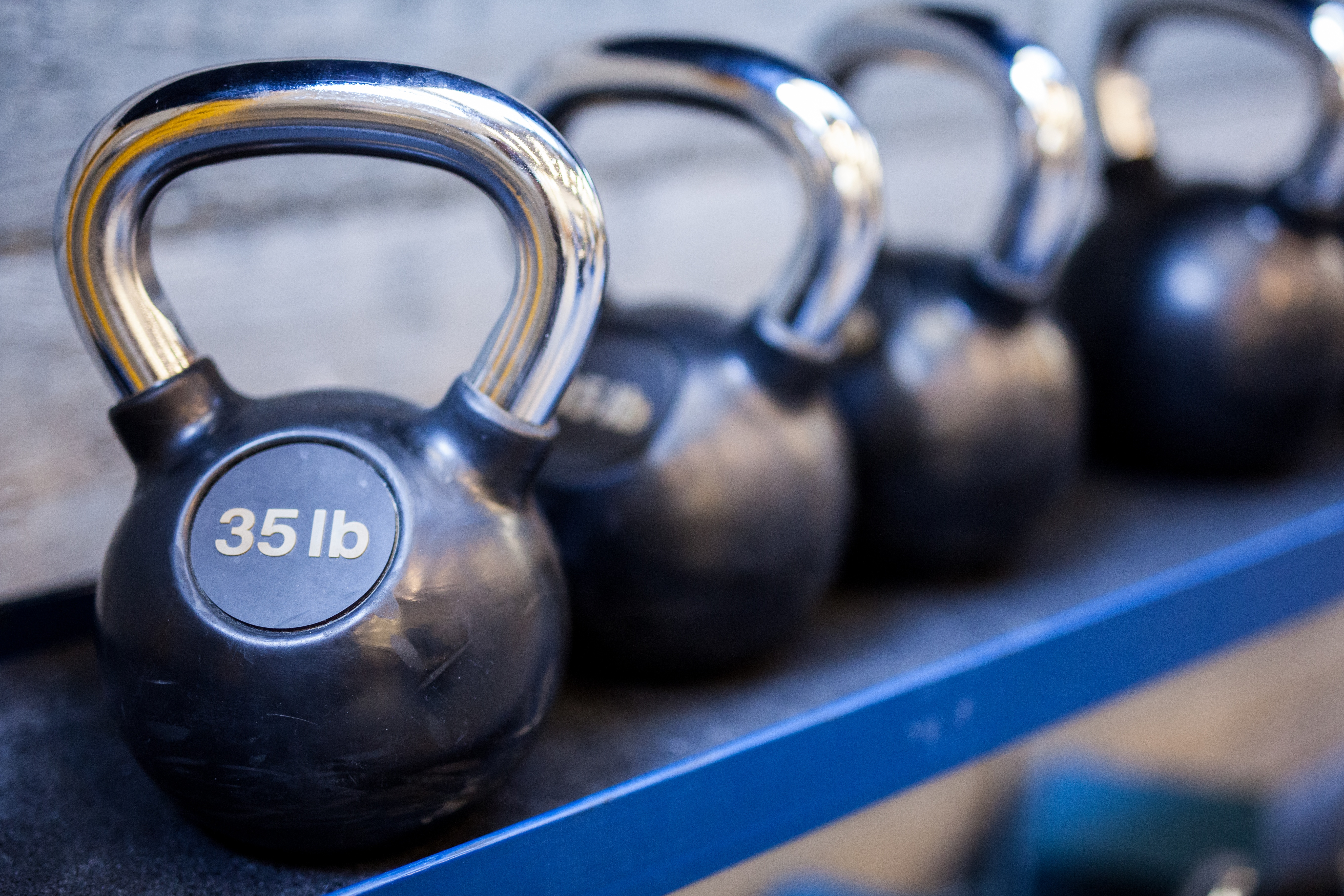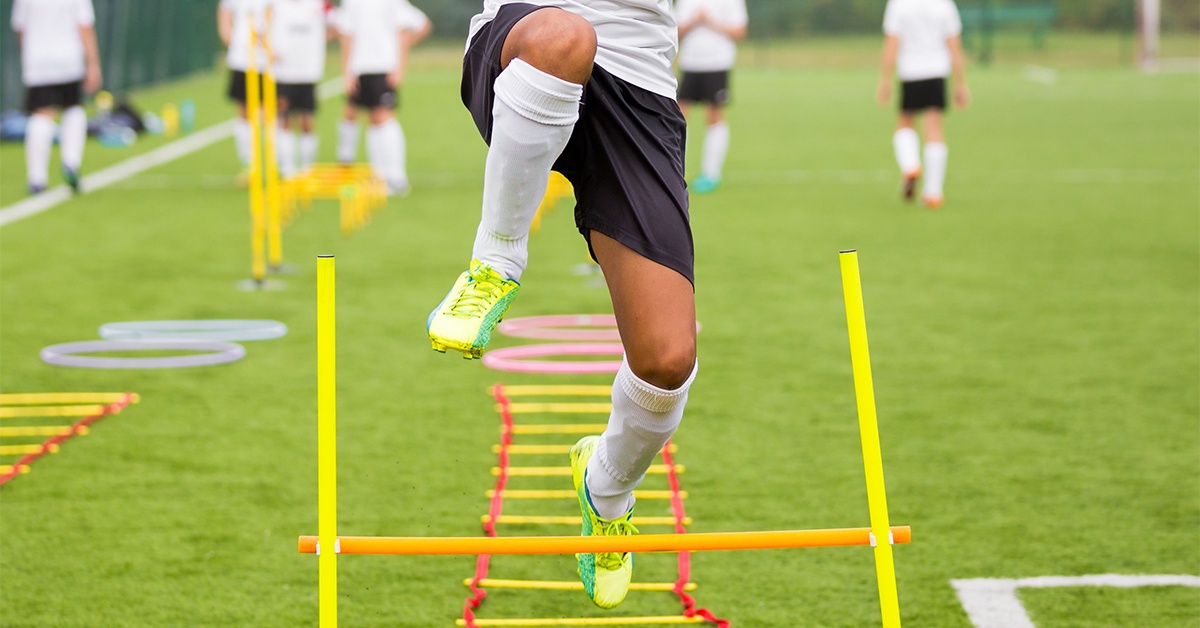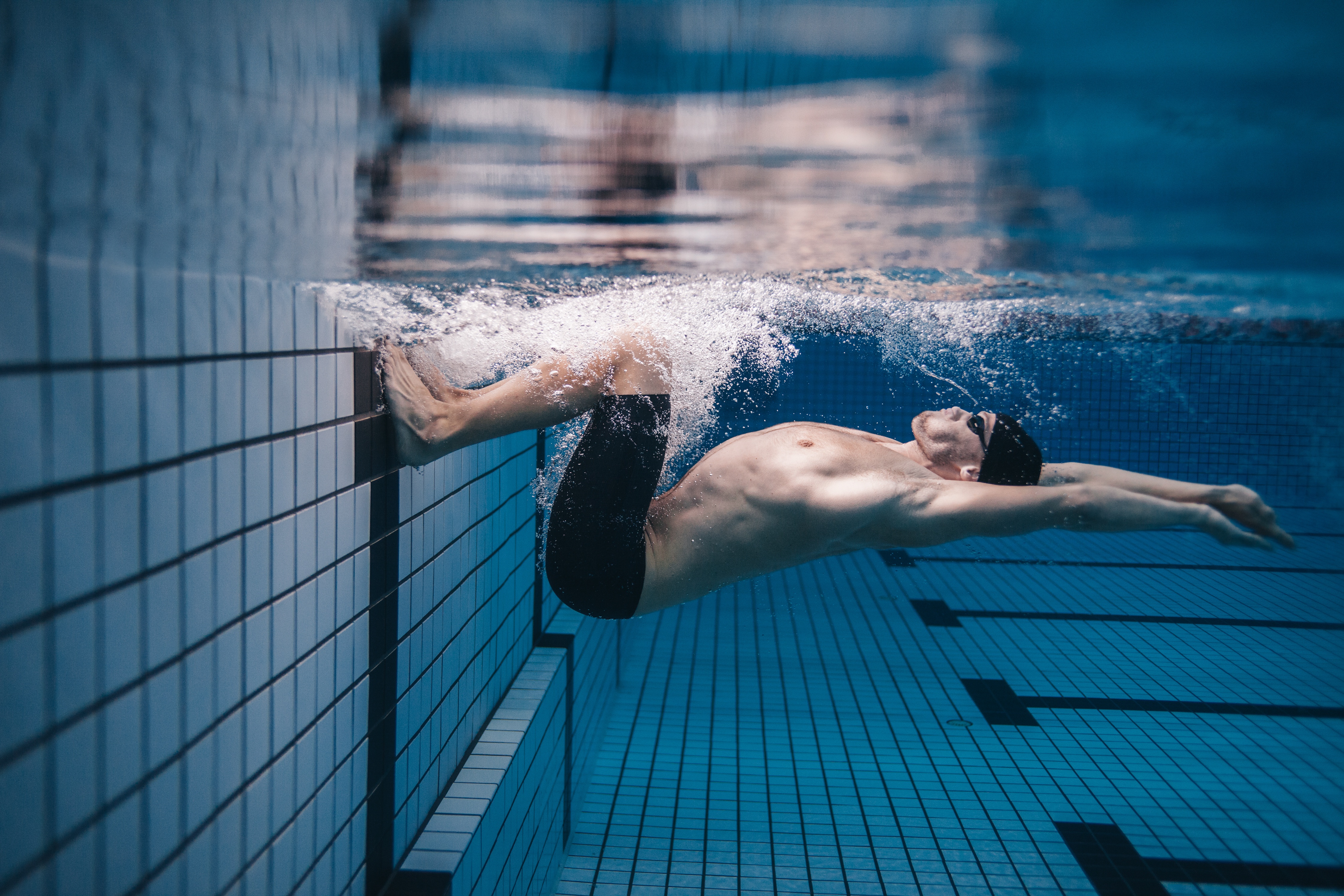Sarah Connors
Recent Posts
Soccer players spend the entire summer preparing for their dreaded preseason fitness test. Ranging from the infamous beep-test to a strenuous timed run, most soccer teams require their athletes to complete a fitness test at the beginning of preseason. It is the first chance an athlete has to make a good impression and will set the bar for the rest of the season.
Read MoreA volleyball-specific strength and conditioning program can optimize a player’s performance on the court. Whether athletes are still developing or competing at the highest level, spending time in the weight room building a strength foundation can be the difference between winning and losing a game. Here are three key reasons why volleyball coaches should incorporate strength training in their program:
Read MoreSoccer players all over the world cringe at the thought of tearing their anterior cruciate ligament (ACL). Unfortunately, this season-ending injury is very common amongst soccer players. In the United States alone, there are between 100,000 and 200,000 ACL ruptures per year (Friedberg). The ACL connects the femur (thigh bone) to the tibia (shin bone) and serves as an important stabilizer in the knee to prevent bones from over-extension and over-rotation. However, typical movements in soccer can put an immense amount of stress on a player’s knee causing injury. An ACL rupture is certainly one of the most serious knee injuries in soccer, but after surgery and rehabilitation athletes can return to play within 6-12 months. Additionally, soccer specific training reduces the risk of injury.
Read MoreThe Importance of Dryland Training for a Better Underwater Dolphin Kick
By Sarah Connors on June 14, 2017
Underwater dolphin kicking has completely transformed the sport of swimming. Considered as swimming’s fifth stroke, the dolphin kick is the best way to improve overall race times and efficiency in the pool. The kick allows swimmers to move faster than any surface stroke since there is less resistance underwater. The purpose of underwater kicking is not to generate speed, but rather to delay the slowing down process from powerful starts and turns for as long as possible. In order to do this, swimmers need to form a tight streamline while incorporating a powerful kick to minimize the water resistive force. Developing a powerful underwater kick is not an easy task. However, effective dryland training and working hard in the pool are key to mastering the dolphin kick.
Read More6 Steps to Building a High Performance and Soccer Specific Training Program
By Sarah Connors on June 09, 2017
Success on the field comes from hard work in the gym. Soccer specific training programs designed for each player’s position, strengths and weaknesses, and the team’s competition calendar are paying off on the field. Coaches are seeing the main difference through an increase in game wins. They are also seeing a reduction in player injuries allowing their team to go hard all season long. Whether players are still developing or competing at the highest level, having explosive power and strength can be the difference between scoring goals and losing a game. Here’s a six-step guide on how to build a soccer specific training program:
Read MoreA proper dynamic warm-up is an important step to prepare an athlete’s body to perform at maximum intensity during a workout, training session, and competition. In the past, a traditional warm-up routine involved a light jog followed by extensive static stretching. Studies have shown that too much static stretching lengthens muscles and nerves, which in turn decreases athletic performance for up to two hours. Unlike this “sit and stretch” method, an active dynamic warm-up increases body and core temperature, increases blood flow to muscles, focuses the athlete’s mind on the task ahead, and enhances coordination and motor ability. Thus, an effective dynamic warm-up should incorporate sport-specific movements and cause athletes to break a sweat in order to optimize athletic performance.
Read More.png?width=150&height=50&name=BRIDGEBLOG(1).png)





